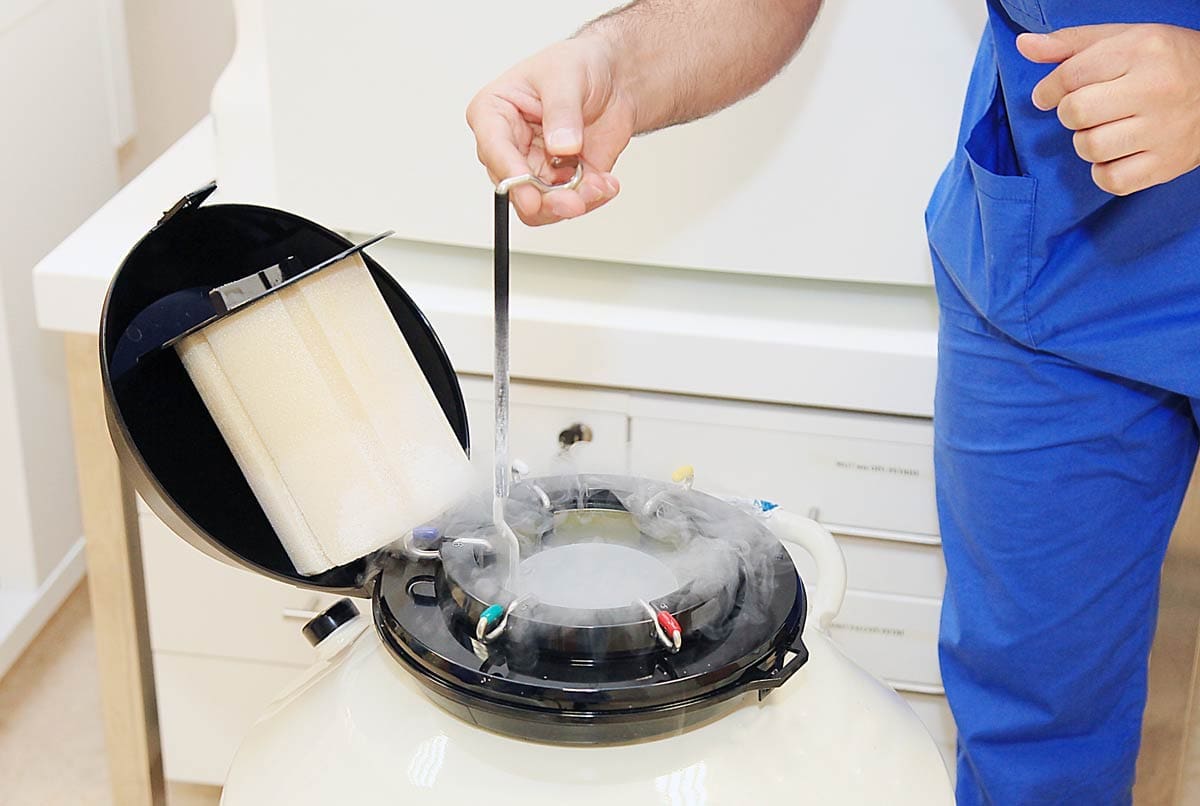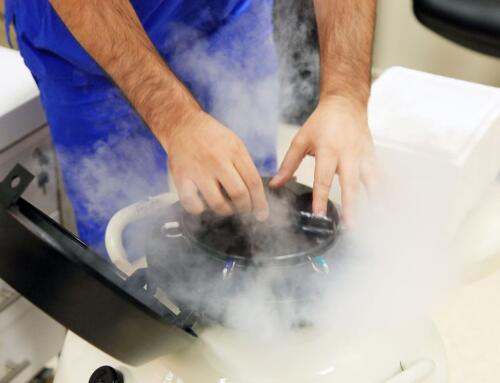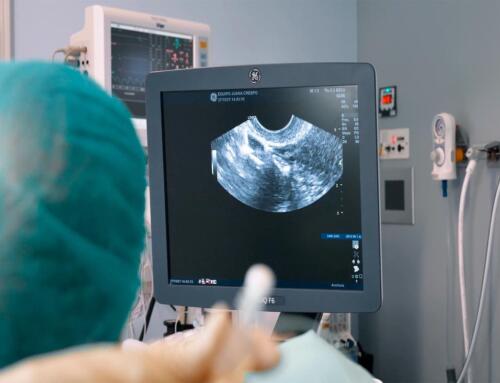Plasma rich in growth factors (PRGF) is a biotechnological tool with many uses in regenerative medicine that has applications in a variety of fields such as traumatology, dentistry, ophthalmology, esthetic medicine or reproductive medicine.
But what is it and how is it obtained? What advantages does it offer in assisted reproduction treatments? Are there any risks for the patient?
What is plasma rich in growth factors?
Before starting, it is important to point out that, although it is a safe technique and offers interesting results, the use of plasma rich in growth factors is a relatively new technique, which requires further research and standardization.
Regarding the so-called “growth factors”, these are proteins in blood plasma that are responsible for regenerating lost or damaged tissues.
These proteins are present in processes such as cell differentiation, the formation of blood vessels or the migration of cells to damaged areas to activate the repair mechanism.
When we speak of plasma rich in growth factors, we refer to plasma that has a high quantity and concentration of PDGF, VEGF, TGF-beta, FGF, EGF, IGF-1 and HGF proteins, all of which are related to cell proliferation.
Uses of PRGF in assisted reproduction treatments
In assisted reproduction treatments, plasma rich in growth factors can offer very good results in women with endometrial problems or with poor ovarian function and uncertain reproductive prognosis.
Specifically, enriched plasma can be administered in cases of refractory endometrium, which refers to endometria that do not reach adequate thickness after hormonal treatment.
The purpose of injecting the patient with plasma rich in growth factors is to increase endometrial thickness, which is essential for embryo implantation and pregnancy.
Lately, the PRGF technique in fertility has given good results in patients with implantation failure, since the impossibility of achieving pregnancy after several good quality embryo transfers is sometimes due to problems related to endometrial receptivity.
On the other hand, this type of regenerative plasma can be administered in cases of premature ovarian failure or low ovarian reserve.
It is common for patients with ovarian failure to have difficulty ovulating or to have a limited number of primordial follicles, which results in a high cancellation rate after assisted reproduction treatment.
In short, the purpose of including plasma rich in growth factors in fertility treatments is to restore and repair the physiological processes involved in follicular recruitment, helping the woman to regain ovarian function to obtain more mature oocytes after ovarian stimulation.
How is plasma rich in growth factors obtained?
This type of plasma is obtained from the patient’s own blood.
For this purpose, a conventional blood collection is performed.
The sample obtained is taken to the laboratory for processing, which is carried out in two parts: an initial centrifugation to obtain platelet-rich plasma, and a treatment to separate the blood components in order to isolate the proteins and growth factors involved in the repair mechanism, which are activated when the organism suffers an aggression due to surgery, injury or trauma.
The product obtained and concentrated is frozen in small doses, to be subsequently inoculated into the patient.
How is endometrial PRGF introduced?
In cases of endometrial receptivity problems, the plasma rich in growth factors is inoculated into the uterine cavity before the embryo transfer in order to obtain a thicker endometrium (7-10 mm) and improve the woman’s reproductive prognosis.
The plasma is introduced with a very fine cannula (similar to the one used during embryo transfer) through the cervix, while the specialist is guided by ultrasound.
The amount of plasma inoculated in these cases is 0.5-1 ml.
This process, painless and quick, can be done up to 2-3 times before the transfer.
Advantages and risks of this technique
The use of PRGF in assisted reproduction treatments is risk-free and offers advantages over some hormonal treatments.
To begin with, PRGF is an autologous biological product. This means that it is obtained from the patient herself, so there is no risk of adverse reactions, rejection, allergies or disease transmission.
In addition, it is quite simple to obtain (only a small amount is needed to obtain the plasma).
Finally, this technique is very convenient, since, with a single blood sample, it is possible to obtain several doses of PRGF that can be frozen and used in different treatments or cycles.
At Equipo Juana Crespo we are at the forefront of assisted reproduction techniques to improve endometrial receptivity and the results of our IVF treatments.
If you have any questions about our treatments, please contact us without obligation.
















